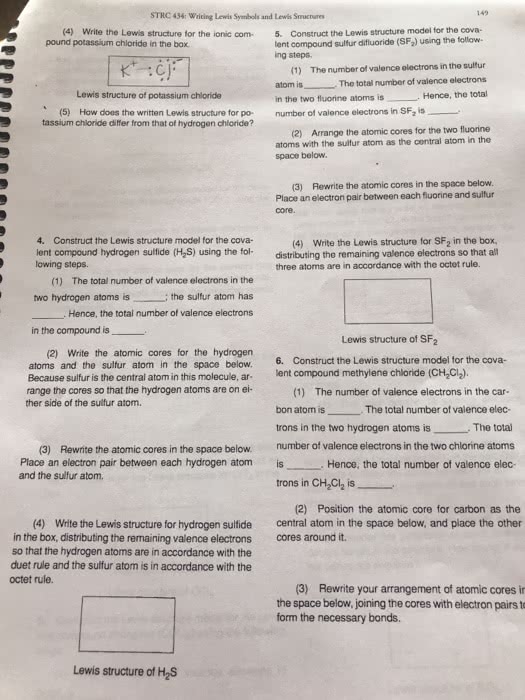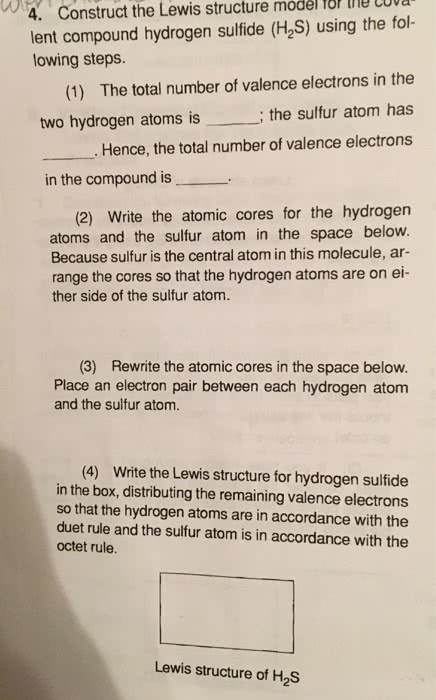CHEM101 Lecture Notes - Lecture 1: Formal Charge, Fluorine, Electronegativity

Strategy for Writing Lewis Structures:
1) Determine total number of valence electrons
2) Identify central atom and write skeletal structure using SINGLE bonds
Carbon is usually a central atom
Hydrogen and fluorine are always terminal atoms
Put the least electronegative atom as the central atom
3) determine electrons remaining (total valence electrons – electrons needed for single bonds)
4) with remaining electrons, complete octets on TERMINAL atoms first (if any electrons left, complete octet on the
central atom)
5) If the central atom does not have an octet at this point, convert lone pairs on the terminal atoms into multiple
bonds
Formal Charge: the hypothetical charge on an atom in a molecule or ion. It is the charge an atom would have if the
bonding electrons were shared equally.
Calculating Formal Charge:
The difference between the number of valence electrons in the free atom and the number of assigned electrons
in the formal charge
Assigned electrons:
oUnshared electrons (lone pairs) are assigned to the atom on which they lie
oBonding electrons are split between atoms
# of Valence Electrons – (# of unshared electrons + ½ (# of shared electrons))
find more resources at oneclass.com
find more resources at oneclass.com

77
CHEM101 Full Course Notes
Verified Note
77 documents
Document Summary
Strategy for writing lewis structures: determine total number of valence electrons, identify central atom and write skeletal structure using single bonds. Hydrogen and fluorine are always terminal atoms. Put the least electronegative atom as the central atom. 3) determine electrons remaining (total valence electrons electrons needed for single bonds) 4) with remaining electrons, complete octets on terminal atoms first (if any electrons left, complete octet on the central atom) 5) if the central atom does not have an octet at this point, convert lone pairs on the terminal atoms into multiple bonds. Formal charge: the hypothetical charge on an atom in a molecule or ion. It is the charge an atom would have if the bonding electrons were shared equally. The difference between the number of valence electrons in the free atom and the number of assigned electrons in the formal charge.




